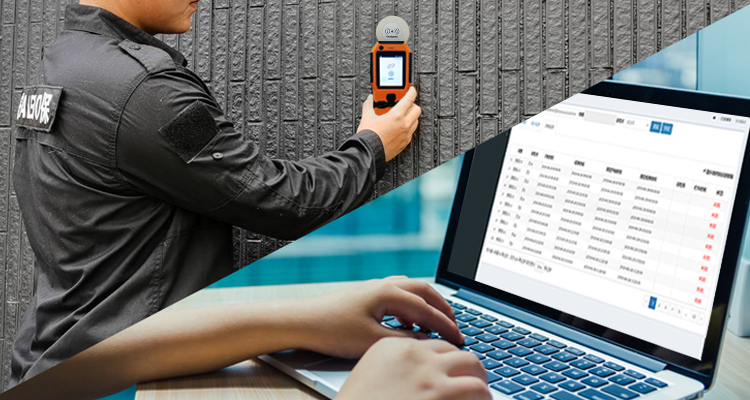

The General Data Protection Regulation (GDPR) sets strict standards for secure access control system that process EU citizens’ data. These systems must apply principles such as data minimization, purpose limitation, and storage restriction while ensuring that only authorized personnel can access sensitive information. Modern secure access control systems achieve this through features such as role-based access control (RBAC), detailed audit logging, and encryption of personal data in transit and at rest. A key requirement is the ability to demonstrate compliance - your system should automatically log who accessed what data, when, and for what purpose. This creates an auditable trail, which is critical during a GDPR assessment or investigation.
A truly GDPR-compliant security access control system contains several foundational privacy features. The first is pseudonymization – replacing direct identifiers with reference codes that require additional information to link back to an individual. Advanced systems implement end-to-end encryption for all biometric and personal data, with keys managed separately from the encrypted data. Another key feature is an automated data retention policy that systematically purges obsolete records by the GDPR storage limitation principles. Modern solutions also include privacy dashboards that let data subjects understand how their information is being processed – a fundamental right under the GDPR. These features work together to create multiple layers of protection while maintaining system availability.

Biometric security access control systems present unique GDPR considerations that require careful implementation. While fingerprints, facial recognition, and iris scanning offer superior security, they process special categories of data under Article 9 of the GDPR. Compliant systems must obtain explicit consent (where applicable), provide clear information about data use, and implement additional safeguards. Modern solutions address this issue by processing biometric data locally on the device, using templates instead of raw biometric images, and providing simple opt-out mechanisms. Some advanced secure access control systems now incorporate privacy-enhancing techniques, such as homomorphic encryption, which allows for authentication without exposing actual biometric data. These approaches maintain security while respecting individual privacy rights.
The GDPR’s “Data Protection by Design and Default” principle requires that secure access control systems embed privacy throughout their architecture. This starts with conducting a Data Protection Impact Assessment (DPIA) before deployment to identify and mitigate risks. System design should follow the principle of least privilege, granting only the minimum necessary access. Network segmentation isolates sensitive components, while multi-factor authentication adds layers of verification without excessive data collection. Modern systems implement these principles through microservices architectures that limit data exposure, API gateways that enforce access policies, and decentralized identity models that reduce centralized data repositories. These architectural decisions create secure access control systems that are inherently more private and compliant.

Many secure access control systems involve third-party processors, such as cloud providers or maintenance contractors, which presents additional GDPR compliance challenges. Organizations must ensure that contracts include Article 28 GDPR processor requirements and conduct thorough vendor assessments. Technical measures should include strict access controls for third parties, activity monitoring, and data processing agreements that limit use to specified purposes. Leading systems now offer features such as just-in-time PAM for vendors, temporary credential issuance, and automated compliance reporting that tracks all third-party access. These controls help maintain the chain of responsibility when multiple parties interact with the system.
Implementing a truly GDPR-compliant secure access control system is more than just avoiding fines; it’s an opportunity to build trust with employees, customers, and partners. By choosing systems that embed privacy principles in their design, maintaining strict operating practices, and staying ahead of regulatory changes, organizations can create a secure environment that respects individual privacy rights. The most successful implementers view GDPR compliance not as a burden, but as a framework for establishing data protection best practices.